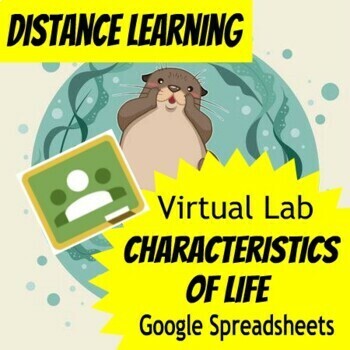Google Spreadsheets: Characteristics of Life Virtual Lab
- Google Sheets™

Description
The "Making Babies Lab: Baby Yoda" had such great feedback from other educators I thought I would go ahead and make a similar one with one of my favorite introductory experiments: the Characteristics of Life Virtual Lab!
Guiding Question: How do we characterize "life"?
Supplementary Resources: Instructional Video (coming soon)
Teacher Tips:
1. Make sure to go over the students how to use the Google spreadsheet first.
2. Instructional Video: Make an instructional video available for them under the same assignment on Google Classroom so that students can refer back to it. You are more than welcome to use mine, but I would recommend creating your own if you have the time.
3. Teacher Scale: To make this more interesting to the students virtually, I would recommend having videos of some of the objects in movement. Especially when considering "bacteria, viruses, blood cells. etc." GIFS cannot be embedded on a Google Spreadsheet.
4. Small experiment bags for the next 2 units for students and parents available at our school office (which I made.) I informed parents that (1) it's optional (2) I would still be thankful if they would consider donating $5.00 which would go forward to the next experiment materials.





